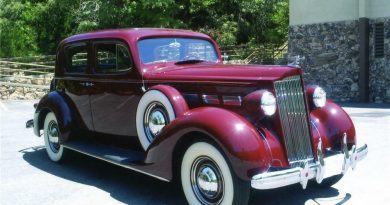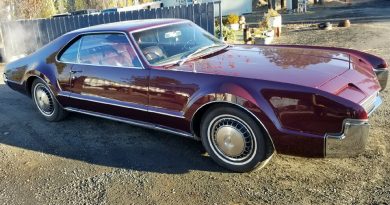1938 Lagonda V12 Rapide
The Lagonda V12 is a large car produced by the British Lagonda company from 1938 until 1940. It was first shown at the 1936 London Motor Show but production did not commence until 1938.

The V12 model featured an all new 4480 cc 60 degree V12 engine designed by W. O. Bentley. The engine has a combined cylinder block and upper crankcase cast in iron with a light alloy lower crankcase. The cylinder heads are cast iron. Each bank of six cylinders has its own single overhead camshaft, chain driven, and its own distributor driven from the back of the camshaft. Twin downdraught SU carburettors are located between the engine blocks. 180 hp (134 kW) is developed at 5000rpm.
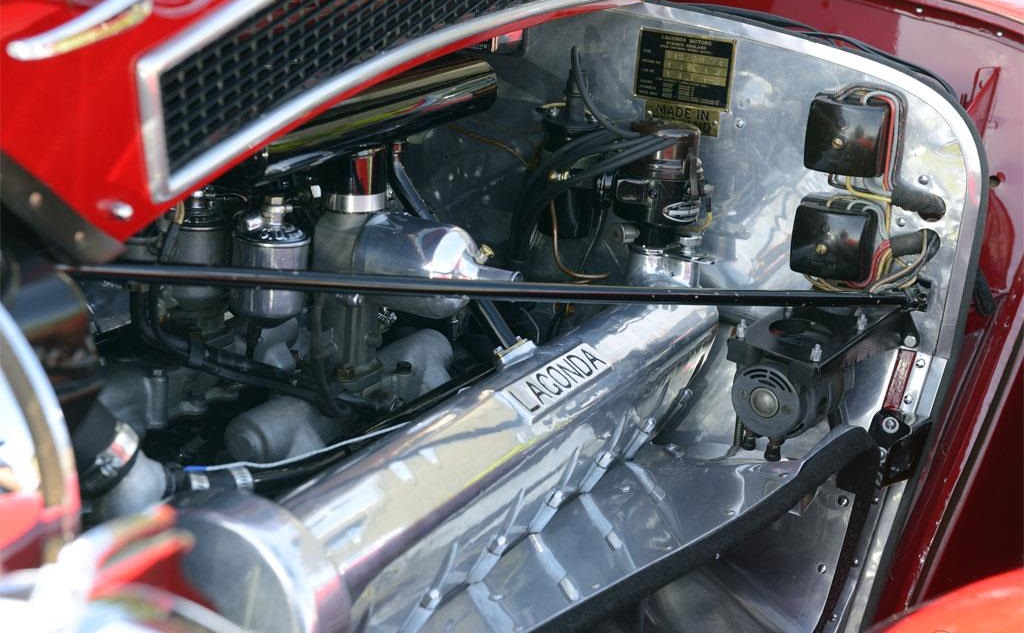
The chassis was also new and features independent torsion bar front suspension and live rear axle with hypoid final drive. The braking system is Lockheed hydraulic.
The engine is connected to a four-speed gearbox with centrally mounted change lever.
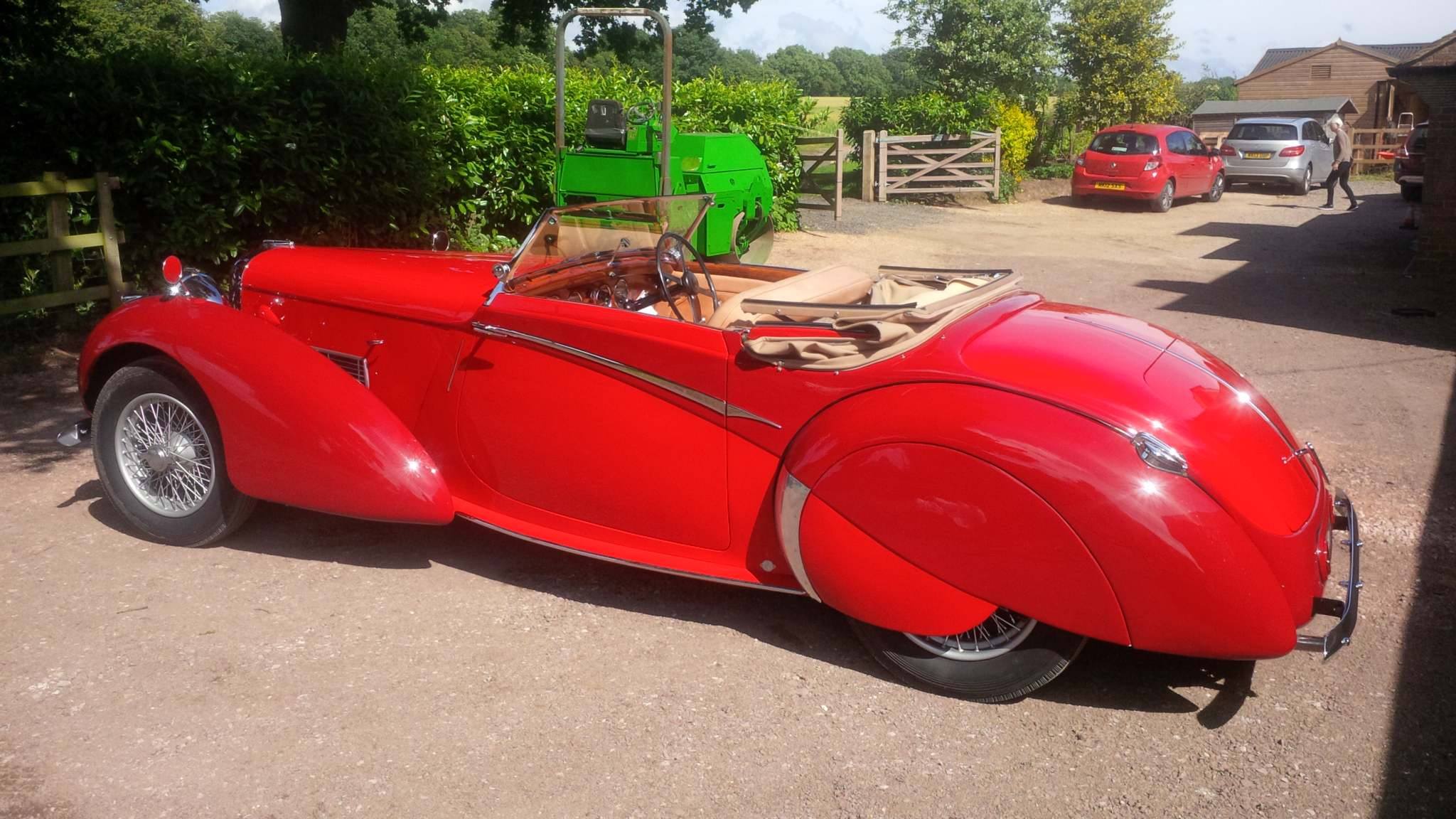
A sportier version of the V12 was called the Rapide. It rested upon a shorter 124-inch wheelbase and came with a four-carburetor engine offering upwards of 210 horsepower at 5,500 engine revolutions. Coachwork included a drophead-coupe penned by Lagonda designer Frank Feeley and built in-house. Just 17 examples of the V-12 Rapide were built, including two 1939 Le Man’s racing cars and three or four with external coachwork.
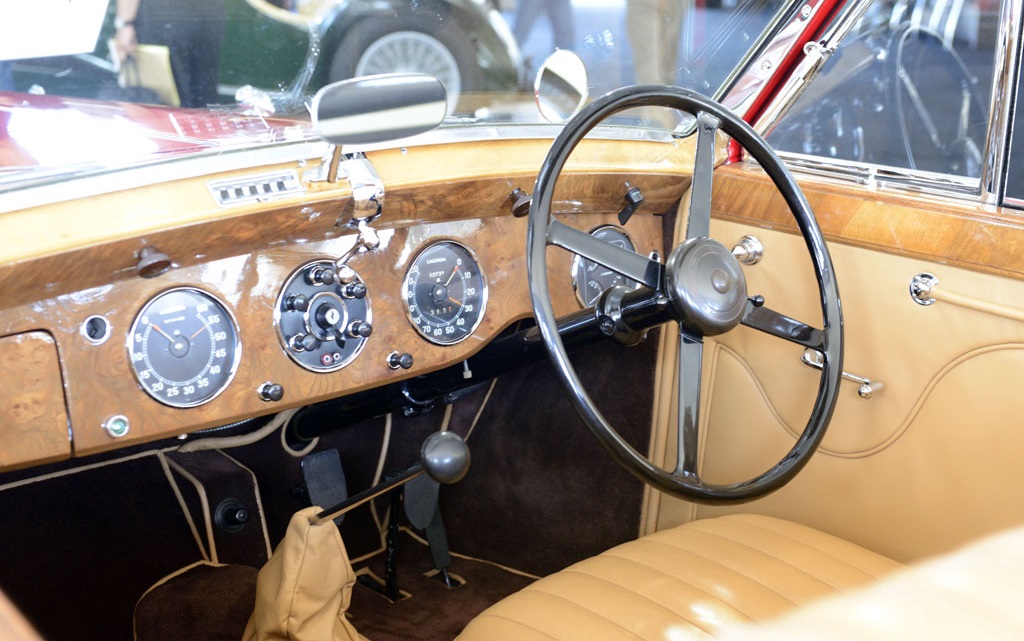
This is the V12 Rapide enjoying a day by the sea. Another interesting fact about these beautiful cars is that Frank Feeley originally wanted to create a design at the forefront of contemporary automotive design, which meant headlights and radiator would all be faired into the wings. Apparently WO Bentley was rather horrified by Feeley’s early drawings thinking they were far too racy and insisted that a separate radiator and headlights should be retained. WO was worried that the more conservative elements of the Lagonda and WO Bentley client base would be put off by something so radically new. Unfortunately I havn’t been able to find any of these early dawings which would have been very interesting. Nevertheless Feeley still penned arguably the best looking British car of the period.


